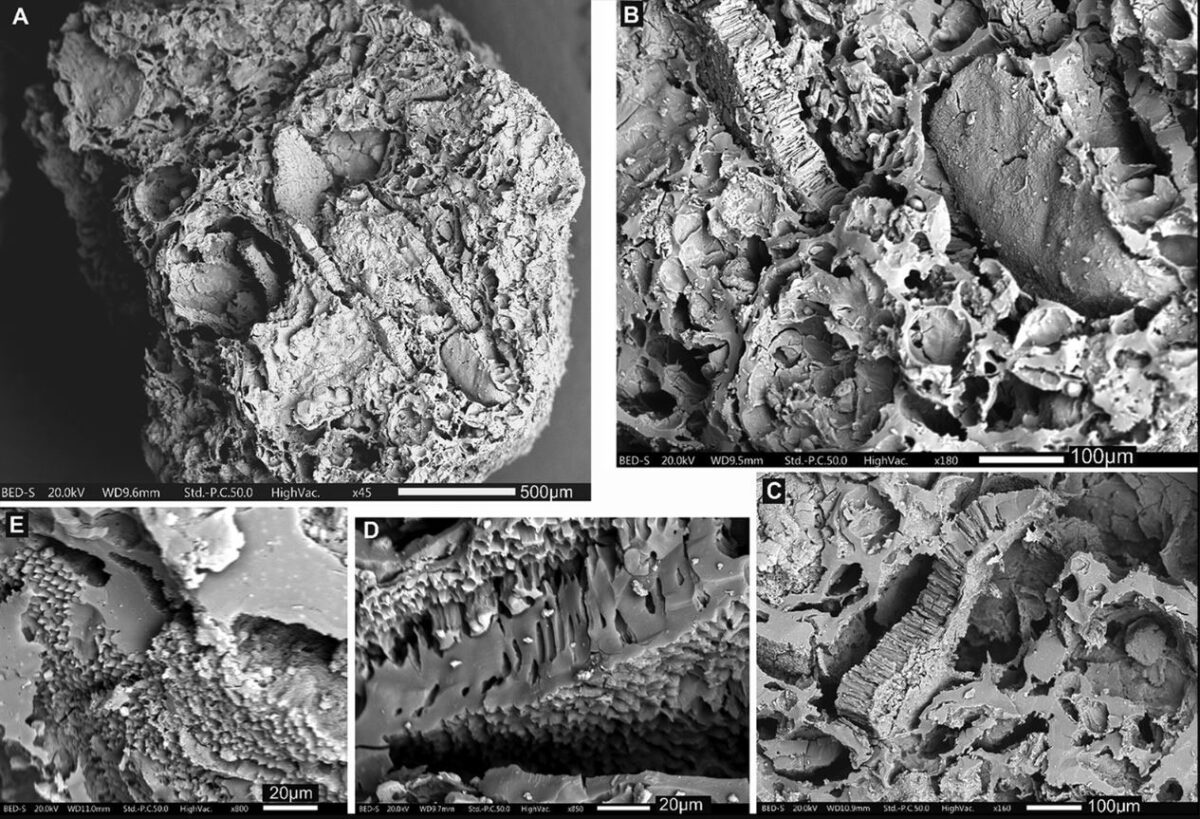Ceren Kabukcu, Evan Hill, Emma Pomeroy, Tim Reynolds, Graeme Barker and Eleni Asouti have published a new article entitled “Cooking in caves: Palaeolithic carbonised plant food remains from Franchthi and Shanidar“.
Research on Palaeolithic hunter-gatherer diet has focused on the consumption of animals. Evidence for the use of plant foods is comparatively limited but is rapidly expanding. The authors present an analysis of carbonised macro-remains of processed plants from Franchthi Cave in the Aegean Basin and Shanidar Cave in the north-west Zagros Mountains. Microscopic examination of the charred food remains reveals the use of pounded pulses as a common ingredient in cooked plant foods. The results are discussed in the context of the regional archaeobotanical literature, leading the authors to argue that plants with bitter and astringent tastes were key ingredients of Palaeolithic cuisines in South-west Asia and the Eastern Mediterranean.
In particular, the authors report new evidence concerning the long-term histories of Palaeolithic plant food use and associated food preparation practices from two multi-period sites: Franchthi Cave (Greece) and Shanidar Cave (Iraqi Kurdistan): “We focus on the analysis of amorphous, charred plant aggregates retrieved from flotation samples from the two sites; some of these materials represent the earliest remains of their kind discovered to date in South-west Asia and Europe. Such remains, often representing the charred residues of food preparation (hereafter ‘food remains’), can provide direct evidence for the plant species consumed, often combined in multi-component foods, as well as preparation methods (Carretero et al. Reference Carretero, Wollstonecroft and Fuller2017; Heiss et al. Reference Heiss2017; Arranz-Otaegui et al. Reference Arranz-Otaegui2018; Valamoti et al. Reference Valamoti2021). Our results highlight the early exploitation of a diverse range of plant foods that required specialised processing techniques, bringing to the fore the significance of food preparation and cooking practices in ancient human dietary practices”.





